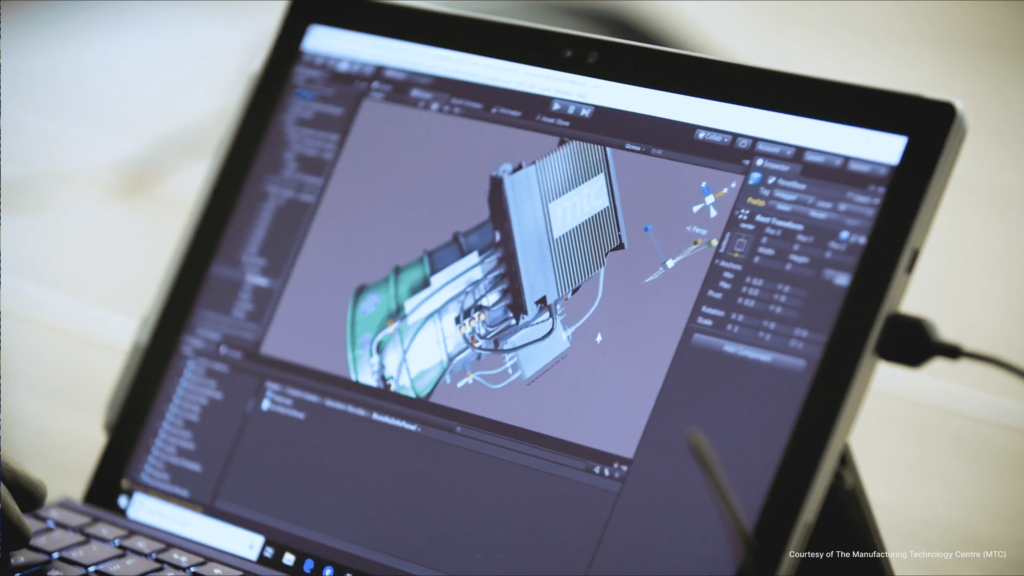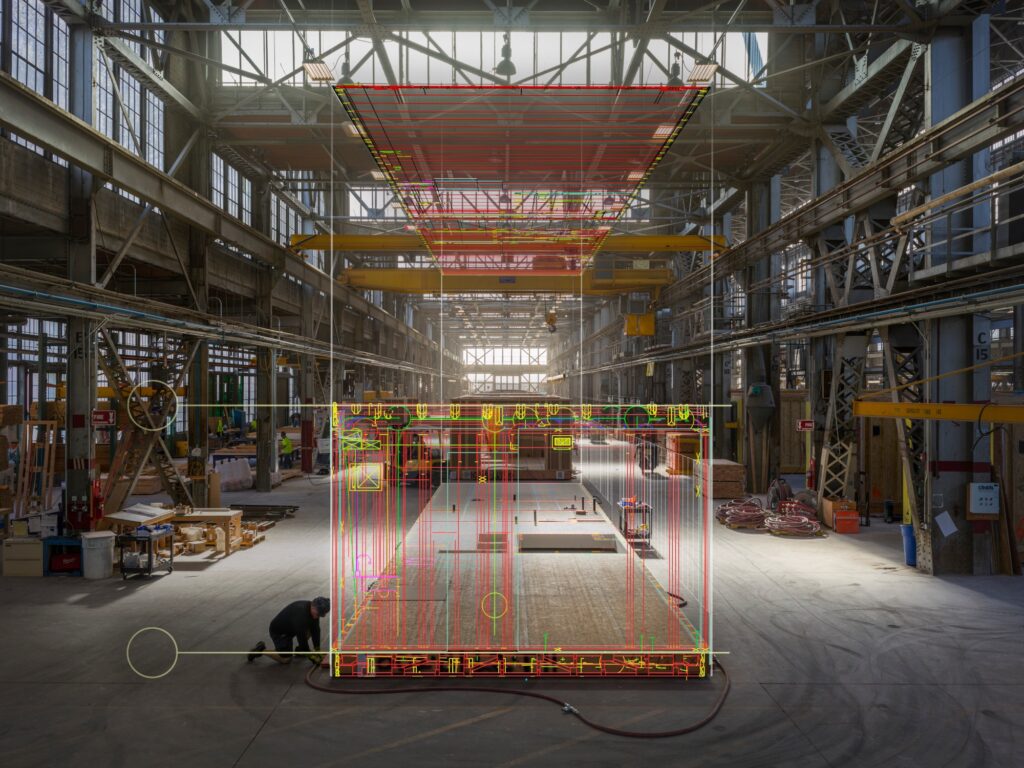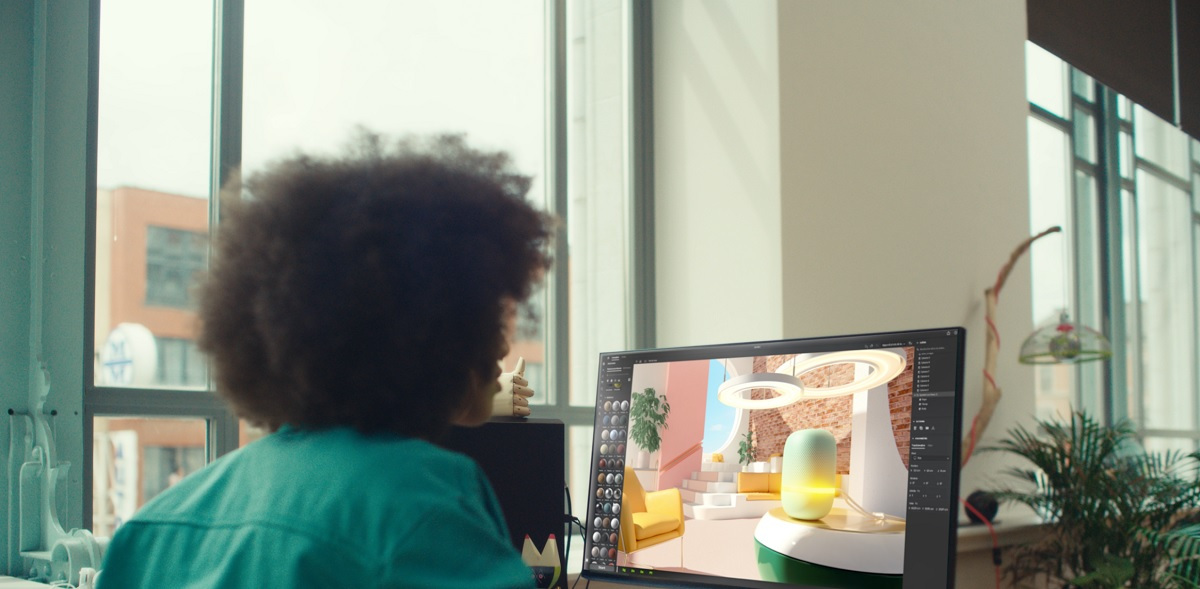
Making Your Team’s Imagination a 3D Reality: Software Review
From preliminary sketches of ideas to fully immersive experiences, the processes of design in today’s world are being aided with the help of smart technology. As well as those intrinsic design-based steps that a project must go through, there are also considerations of involving different stakeholders in a project, ensuring buy-in from budget holders, and getting exact details communicated to team members and third parties: suppliers, freelancers, and other agencies.
The collaborative environment in which the design and realization of complex projects take place must be both technically exact yet intuitive to use for creators. In practical terms, artistic tools must be able to output engineering-level data, and engineering design tolerances have the need, on occasion, to be as beautiful as they are effective.
The lines between business collaboration platforms, physical modeling, and project abstraction in software are all blurring. This series of articles looks at a new generation of software (and hardware) solutions that help organizations bring to life immersive and interactive experiences and design for physical objects that will last for generations. Providing teams with the right tools to achieve these goals will be a different task according to the vertical in which they work, but several aspects of what is needed remain the same throughout. This article will look at some of the foundational elements and give a short precé of four specific vendors. Future articles cover those vendors’ offerings in more detail.
Many Hands Make Light Work
For projects of anything more than basic complexity, the first element to consider when choosing the correct toolset is collaboration. Having real-time feedback from stakeholders and subject experts across the enterprise is vital.
While it is possible to run dedicated comms platforms alongside design and evaluation solutions, they can act as a distraction, and they certainly lack the specific context-aware detail that baked-in collaborative functions offer.
Merry-Go-Round of Work
An outsider to the process of creating imaginative, immersive experiences for end-users might assume that a workflow is stepwise and progressive. But any professional will tell you that the creative processes are much more circular. Iterations and adaptations that are necessary may take the project backward, as well as forwards.
Ensuring that the software and hardware adapt to this type of workflow is essential — as is the logging and tracking of progress. Being able to step through project’s iterations allows different stakeholders and budget owners the ability to see the reasons behind decisions and monitor ongoing progress in near real-time.
Engage with the experts
From ecologically friendly buildings to autonomous cars, via AAA games and next-generation film and TV, no single creator or subject expert has total oversight and knowledge over all aspects of a project’s delivery. To best engage with all those impacted by a project, software and technology must be able to translate from medium to medium, according to need: 3D scans of construction sites must be rendered visually as part of the creative process, for example. Yet the same data also must capture utility information, stress and tolerance data, and provide information as to whether waypoints are being hit on time and on budget.
Multi-faceted software and hardware like HoloLens have to be accurate to tolerances that assure both safety (in automotive design, for example) but realism (for immersive entertainment). While no one package covered here can be used everywhere, we hope that those featured will be the answer needed for your team’s specific requirements.
UNITY

Source: Unity Technologies
The computer games industry is worth more than the music and movie industries combined. That situation has come about because the people driving that single industry are at the very forefront of technology’s latest developments — people literally pushing back the boundaries of what’s possible with silicon and software today.
Many of the people in those positions use Unity products to bring their imaginations to life on screen. In fact, there are billions of downloads each year of software written on Unity tooling and running on the Unity engine. Where the games industry leads, other sectors, and entire industries follow.
Businesses today use Unity for creating and operating interactive, real-time 3D (RT3D) content. Optimizing the build process of both virtual and real objects, modeling in hours or days what might otherwise take months or years to construct. Entire environments down to individual machine parts and workings are rendered and created quickly inside Unity, allowing sets of complex data to be presented and extrapolated in many ways. That ability saves thousands of hours of prototyping and billions of potential revenues lost by failed product launches.
With Unity’s technology, virtual and augmented realities can be created easily, systems that seamlessly interlace the physical and virtual worlds, making information available on any platform. With a strong dual emphasis on creativity and engineering excellence, the Unity range of products is helping to shape the next generations of media, AR, VR, artists, architecture, design, engineering, manufacturing, filmmakers and game developers. We’re taking a deep dive into the business-focused possibilities of Unity in a further article here on Tech Wire Asia — watch this space.
AUTODESK

Source: Autodesk
For many years the go-to name in 3D, the company’s headline products are household names in many cases: AutoCAD, 3ds Max, and Maya are all products that are used in thousands of organizations all over the world.
The depth of detail and configuration in even a single application that’s been developed for years means that the company now offers certified training courses for professionals (or would-be professionals) to get users up to speed in some of these highly complex and powerful pieces of software.
The basis of AutoDesk’s offerings are outcome-oriented, whether that’s a faithfully rendered 3D environment, advanced engineering blueprints, or multi-layered design drawings; the various platforms set the standard for others to follow.
As befits the solutions on which people build their careers, the company offers huge educational discounts (or free versions) of many of its packages for institutions training the next generation of designers, modelers, architects, and film directors. The company’s website boasts many examples of full, end-to-end creation in a number of spheres, with software capable of creating full-length feature movies and architectural drawings and simulations of skyscrapers that come to dominate the world’s skylines.
To read more and get your all-immersive fix in whichever vertical your organization plays in, head here to read and see more.
ADOBE

Source: Adobe
The Adobe product suite is synonymous with design, illustration, document creation, and 3D imaging. The company’s mainstay will always remain Photoshop and Illustrator, tools which are as essential to today’s designer as was an easel and paintbox to previous generations.
The Substance 3D ecosystem is designed for both professional artists and consumers to use and adapt, and there are plenty of pre-built emulations, textures, and ideas available both from Adobe’s site and the enormous community of worldwide users.
Virtual studios can spin up lighting rigs, create textured objects that react in real-time to their environment, and make use of pre-existing assets like photos and illustrations as the basis for entire virtualized realities.
Being part of the Adobe ecosystem means individuals and teams can collaborate with one another easily, with assets and material inputs from different disciplines flowing from app to app, web to workstation.
The company was one of the first to offer its software in the as-a-service model, making a sea-change that the rest of the industry have since followed. So, expect easy payment terms optimized for professional teams, as well as individual users.
To read more about the Adobe offerings (especially the 3D packages designed for AR and VR), head on over to the company’s site for more samples of what’s possible.
INVISION

Source: Invision
Invision’s focus varies slightly from the other companies featured here in that its primary work is around UX (user experience) design. As a result, the platform is behind some of the world’s most recognized applications on the desktop and on smartphone screens too.
It’s used by companies ranging from startups through HubSpot and Uber — to say it has influence in customer experiences globally, therefore, is no understatement.
As well as providing collaborative platforms where code and UX/UI (user experience, user interactions) come together, there are also software offerings that are more “traditionally-focused” on animation, design, and illustration.
But as projects develop, media can be passed from team to team without ever leaving the Invision walled garden, ensuring smooth, collaborative, and iterative workflows continue. To get up to speed with the entire product range or an individual package, the company’s intuitive training courses get results fast — fully outcome-focused courses for professionals that need to get on the Invision curve quickly.
To learn more about this key player in the software and systems with which we all interact daily, head on over to this page for more.
*Some of the companies featured on this article are commercial partners of Tech Wire Asia
READ MORE
- The criticality of endpoint management in cybersecurity and operations
- Ethical AI: The renewed importance of safeguarding data and customer privacy in Generative AI applications
- How Japan balances AI-driven opportunities with cybersecurity needs
- Deploying SASE: Benchmarking your approach
- Insurance everywhere all at once: the digital transformation of the APAC insurance industry
